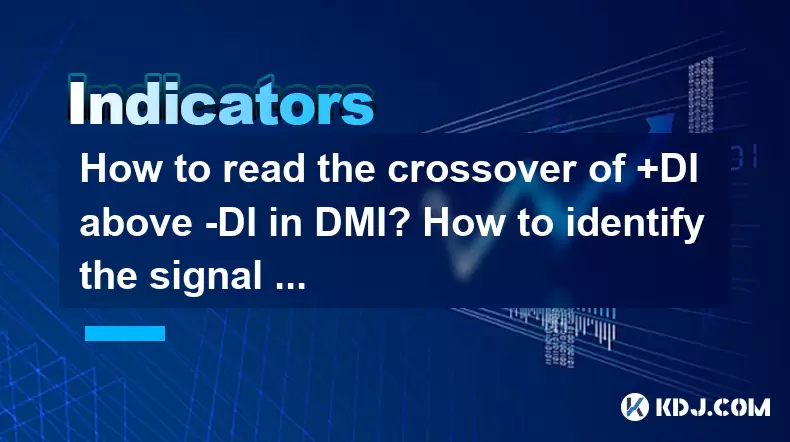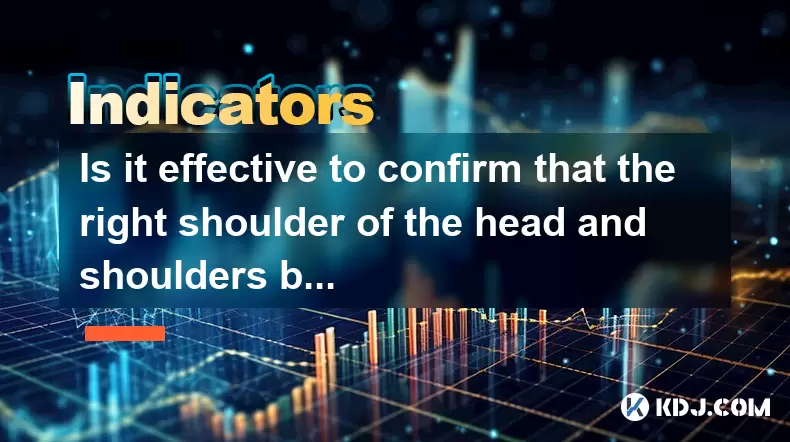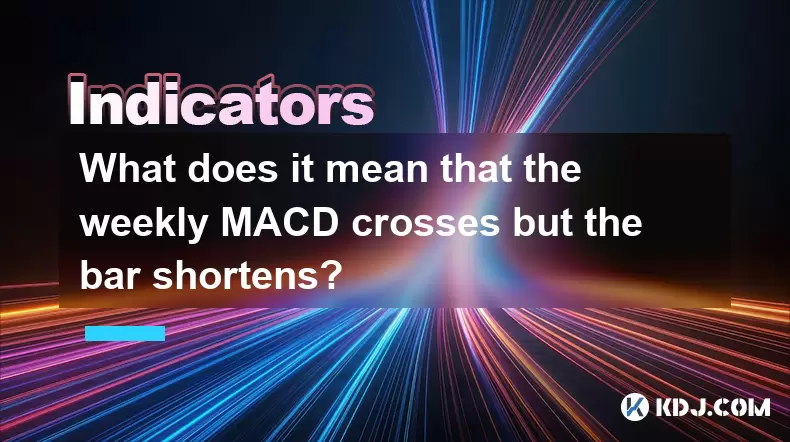-
 Bitcoin
Bitcoin $106,754.6083
1.33% -
 Ethereum
Ethereum $2,625.8249
3.80% -
 Tether USDt
Tether USDt $1.0001
-0.03% -
 XRP
XRP $2.1891
1.67% -
 BNB
BNB $654.5220
0.66% -
 Solana
Solana $156.9428
7.28% -
 USDC
USDC $0.9998
0.00% -
 Dogecoin
Dogecoin $0.1780
1.14% -
 TRON
TRON $0.2706
-0.16% -
 Cardano
Cardano $0.6470
2.77% -
 Hyperliquid
Hyperliquid $44.6467
10.24% -
 Sui
Sui $3.1128
3.86% -
 Bitcoin Cash
Bitcoin Cash $455.7646
3.00% -
 Chainlink
Chainlink $13.6858
4.08% -
 UNUS SED LEO
UNUS SED LEO $9.2682
0.21% -
 Avalanche
Avalanche $19.7433
3.79% -
 Stellar
Stellar $0.2616
1.64% -
 Toncoin
Toncoin $3.0222
2.19% -
 Shiba Inu
Shiba Inu $0.0...01220
1.49% -
 Hedera
Hedera $0.1580
2.75% -
 Litecoin
Litecoin $87.4964
2.29% -
 Polkadot
Polkadot $3.8958
3.05% -
 Ethena USDe
Ethena USDe $1.0000
-0.04% -
 Monero
Monero $317.2263
0.26% -
 Bitget Token
Bitget Token $4.5985
1.68% -
 Dai
Dai $0.9999
0.00% -
 Pepe
Pepe $0.0...01140
2.44% -
 Uniswap
Uniswap $7.6065
5.29% -
 Pi
Pi $0.6042
-2.00% -
 Aave
Aave $289.6343
6.02%
How to read the crossover of +DI above -DI in DMI? How to identify the signal of trend strengthening?
The DMI's +DI crossing above -DI signals a potential bullish trend in crypto markets, especially when confirmed by rising ADX and volume.
Jun 08, 2025 at 03:00 am

Understanding the Directional Movement Index (DMI) is crucial for traders looking to identify potential trend directions and strengths within the cryptocurrency market. One key aspect of the DMI that traders often focus on is the crossover of the +DI (Positive Directional Indicator) above the -DI (Negative Directional Indicator). This article will delve into how to read this crossover, as well as how to identify signals of trend strengthening, specifically within the context of cryptocurrency trading.
What is the Directional Movement Index (DMI)?
The Directional Movement Index (DMI) is a technical analysis indicator developed by J. Welles Wilder. It consists of three lines: the +DI (Positive Directional Indicator), the -DI (Negative Directional Indicator), and the ADX (Average Directional Index). The +DI measures upward price movement, while the -DI measures downward price movement. The ADX, on the other hand, indicates the strength of the trend, regardless of its direction.
Reading the Crossover of +DI Above -DI
The crossover of the +DI above the -DI is a significant event in technical analysis, as it suggests a potential shift in market sentiment from bearish to bullish. Here's how to read and interpret this crossover:
- Identify the Crossover Point: The first step is to observe when the +DI line crosses above the -DI line on your DMI chart. This point indicates that the upward movement in the market has become stronger than the downward movement.
- Confirm with Volume: It's important to check if the crossover is accompanied by an increase in trading volume. Higher volume at the crossover point can confirm the validity of the signal, suggesting a stronger commitment from traders to the new direction.
- Watch for Subsequent Price Action: After the crossover, monitor the price action of the cryptocurrency. A sustained increase in price following the crossover can further validate the bullish signal.
Identifying the Signal of Trend Strengthening
Identifying when a trend is strengthening is crucial for traders to maximize their profits and minimize risks. Here's how to use the DMI to identify such signals:
- Monitor the ADX Line: The ADX line is key to understanding trend strength. A rising ADX line above a certain threshold (typically 25) indicates that the current trend is gaining strength. If the ADX is rising alongside the +DI above -DI crossover, it suggests that the bullish trend is not only present but also strengthening.
- Check the Divergence Between +DI and -DI: A widening gap between the +DI and -DI lines after the crossover further indicates trend strengthening. The larger the gap, the stronger the trend.
- Use Additional Indicators: To confirm trend strength, consider using additional technical indicators like the Moving Average Convergence Divergence (MACD) or the Relative Strength Index (RSI). A bullish MACD crossover or an RSI moving above 50 can complement the DMI signals.
Practical Application in Cryptocurrency Trading
Applying the DMI to cryptocurrency trading involves several practical steps. Here’s how you can do it:
- Select a Cryptocurrency and Timeframe: Choose the cryptocurrency you wish to analyze and select an appropriate timeframe for your trading strategy. Shorter timeframes may be suitable for day trading, while longer timeframes are better for swing trading.
- Set Up the DMI Indicator: On your trading platform, add the DMI indicator to your chart. Ensure that the +DI, -DI, and ADX lines are clearly visible.
- Analyze the Crossover: Look for the +DI to cross above the -DI. Mark this point on your chart and note the corresponding price level.
- Assess Trend Strength: After the crossover, observe the ADX line. If it starts to rise and crosses above 25, it suggests that the bullish trend is strengthening.
- Execute Trades: Based on the confirmed signals, you can enter a long position in the cryptocurrency. Set appropriate stop-loss and take-profit levels to manage your risk.
Common Pitfalls and How to Avoid Them
While the DMI can be a powerful tool, there are common pitfalls that traders should be aware of:
- False Signals: Not all crossovers result in sustained trends. Always use additional confirmation tools like volume and other indicators to validate the signal.
- Overreliance on a Single Indicator: Relying solely on the DMI can lead to missed opportunities or false trades. Use it in conjunction with other technical analysis tools.
- Ignoring Market Context: The broader market context, including news and events, can significantly impact cryptocurrency prices. Always consider these factors when making trading decisions.
Using DMI in Different Market Conditions
The DMI can be applied in various market conditions, but its effectiveness can vary. Here’s how to use it effectively in different scenarios:
- Bullish Markets: In a bullish market, the +DI above -DI crossover is more likely to result in a sustained upward trend. Use the rising ADX to confirm the trend strength and consider entering long positions.
- Bearish Markets: In a bearish market, the DMI can still be useful for identifying short-term bullish corrections. A +DI above -DI crossover may signal a temporary uptick in price, which can be used for short-term trades.
- Sideways Markets: In a sideways market, the DMI might show frequent crossovers without significant price movement. Here, the ADX can help identify periods of consolidation, where it remains below 25.
Frequently Asked Questions
Q: Can the DMI be used for all cryptocurrencies?
A: Yes, the DMI can be applied to any cryptocurrency. However, the effectiveness of the indicator may vary depending on the liquidity and volatility of the specific cryptocurrency.
Q: How often should I check the DMI for signals?
A: The frequency of checking the DMI depends on your trading strategy. For day traders, checking every few hours or even more frequently might be necessary. For swing traders, daily or weekly checks may suffice.
Q: Is the DMI suitable for beginners?
A: The DMI can be suitable for beginners, but it requires an understanding of technical analysis. Beginners should start with simpler indicators and gradually incorporate more complex tools like the DMI as they gain experience.
Q: Can the DMI be used in conjunction with fundamental analysis?
A: Yes, combining the DMI with fundamental analysis can provide a more comprehensive view of the market. While the DMI focuses on technical signals, fundamental analysis can help you understand the underlying factors driving cryptocurrency prices.
Disclaimer:info@kdj.com
The information provided is not trading advice. kdj.com does not assume any responsibility for any investments made based on the information provided in this article. Cryptocurrencies are highly volatile and it is highly recommended that you invest with caution after thorough research!
If you believe that the content used on this website infringes your copyright, please contact us immediately (info@kdj.com) and we will delete it promptly.
- 2025-W Uncirculated American Gold Eagle and Dr. Vera Rubin Quarter Mark New Products
- 2025-06-13 06:25:13
- Ruvi AI (RVU) Leverages Blockchain and Artificial Intelligence to Disrupt Marketing, Entertainment, and Finance
- 2025-06-13 07:05:12
- H100 Group AB Raises 101 Million SEK (Approximately $10.6 Million) to Bolster Bitcoin Reserves
- 2025-06-13 06:25:13
- Galaxy Digital CEO Mike Novogratz Says Bitcoin Will Replace Gold and Go to $1,000,000
- 2025-06-13 06:45:13
- Trust Wallet Token (TWT) Price Drops 5.7% as RWA Integration Plans Ignite Excitement
- 2025-06-13 06:45:13
- Ethereum (ETH) Is in the Second Phase of a Three-Stage Market Cycle
- 2025-06-13 07:25:13
Related knowledge

How to interpret the low opening the next day after the long lower shadow hits the bottom?
Jun 18,2025 at 12:22am
Understanding the Long Lower Shadow Candlestick PatternIn technical analysis, a long lower shadow candlestick is often seen as a potential reversal signal in a downtrend. This pattern occurs when the price opens, trades significantly lower during the session, but then recovers to close near the opening price or slightly above. The long wick at the botto...

How to operate the RSI indicator repeatedly in the 40-60 range?
Jun 18,2025 at 12:56am
Understanding the RSI Indicator and Its RelevanceThe Relative Strength Index (RSI) is a momentum oscillator widely used in cryptocurrency trading to measure the speed and change of price movements. Typically, the RSI ranges from 0 to 100, with levels above 70 considered overbought and below 30 considered oversold. However, when the RSI repeatedly stays ...

How strong is the MACD golden cross below the zero axis?
Jun 17,2025 at 11:00pm
Understanding the MACD Indicator in Cryptocurrency TradingThe Moving Average Convergence Divergence (MACD) is one of the most widely used technical indicators among cryptocurrency traders. It helps identify potential trend reversals, momentum shifts, and entry or exit points. The MACD consists of three main components: the MACD line, the signal line, an...

How effective is the golden cross of the William indicator double line in the oversold area?
Jun 17,2025 at 11:56pm
Understanding the William Indicator and Its Double Line SetupThe William %R (Williams Percent Range) is a momentum oscillator used to identify overbought or oversold conditions in a market. It ranges from 0 to -100, with readings above -20 considered overbought and below -80 deemed oversold. The double line setup refers to plotting two different timefra...

Is it effective to confirm that the right shoulder of the head and shoulders bottom volume at the 30-minute level is enlarged?
Jun 17,2025 at 11:42pm
Understanding the Head and Shoulders Pattern in Cryptocurrency TradingThe head and shoulders pattern is one of the most recognized reversal patterns in technical analysis, especially within cryptocurrency trading. It typically signals a potential shift from a bullish trend to a bearish one. This pattern consists of three peaks: the left shoulder, the he...

What does it mean that the weekly MACD crosses but the bar shortens?
Jun 18,2025 at 01:07am
Understanding the MACD IndicatorThe Moving Average Convergence Divergence (MACD) is a popular technical analysis tool used in cryptocurrency trading to identify potential trend reversals and momentum shifts. It consists of three main components: the MACD line, the signal line, and the histogram (also known as the bar). The MACD line is calculated by sub...

How to interpret the low opening the next day after the long lower shadow hits the bottom?
Jun 18,2025 at 12:22am
Understanding the Long Lower Shadow Candlestick PatternIn technical analysis, a long lower shadow candlestick is often seen as a potential reversal signal in a downtrend. This pattern occurs when the price opens, trades significantly lower during the session, but then recovers to close near the opening price or slightly above. The long wick at the botto...

How to operate the RSI indicator repeatedly in the 40-60 range?
Jun 18,2025 at 12:56am
Understanding the RSI Indicator and Its RelevanceThe Relative Strength Index (RSI) is a momentum oscillator widely used in cryptocurrency trading to measure the speed and change of price movements. Typically, the RSI ranges from 0 to 100, with levels above 70 considered overbought and below 30 considered oversold. However, when the RSI repeatedly stays ...

How strong is the MACD golden cross below the zero axis?
Jun 17,2025 at 11:00pm
Understanding the MACD Indicator in Cryptocurrency TradingThe Moving Average Convergence Divergence (MACD) is one of the most widely used technical indicators among cryptocurrency traders. It helps identify potential trend reversals, momentum shifts, and entry or exit points. The MACD consists of three main components: the MACD line, the signal line, an...

How effective is the golden cross of the William indicator double line in the oversold area?
Jun 17,2025 at 11:56pm
Understanding the William Indicator and Its Double Line SetupThe William %R (Williams Percent Range) is a momentum oscillator used to identify overbought or oversold conditions in a market. It ranges from 0 to -100, with readings above -20 considered overbought and below -80 deemed oversold. The double line setup refers to plotting two different timefra...

Is it effective to confirm that the right shoulder of the head and shoulders bottom volume at the 30-minute level is enlarged?
Jun 17,2025 at 11:42pm
Understanding the Head and Shoulders Pattern in Cryptocurrency TradingThe head and shoulders pattern is one of the most recognized reversal patterns in technical analysis, especially within cryptocurrency trading. It typically signals a potential shift from a bullish trend to a bearish one. This pattern consists of three peaks: the left shoulder, the he...

What does it mean that the weekly MACD crosses but the bar shortens?
Jun 18,2025 at 01:07am
Understanding the MACD IndicatorThe Moving Average Convergence Divergence (MACD) is a popular technical analysis tool used in cryptocurrency trading to identify potential trend reversals and momentum shifts. It consists of three main components: the MACD line, the signal line, and the histogram (also known as the bar). The MACD line is calculated by sub...
See all articles

























































































